Laboratories and
equipment

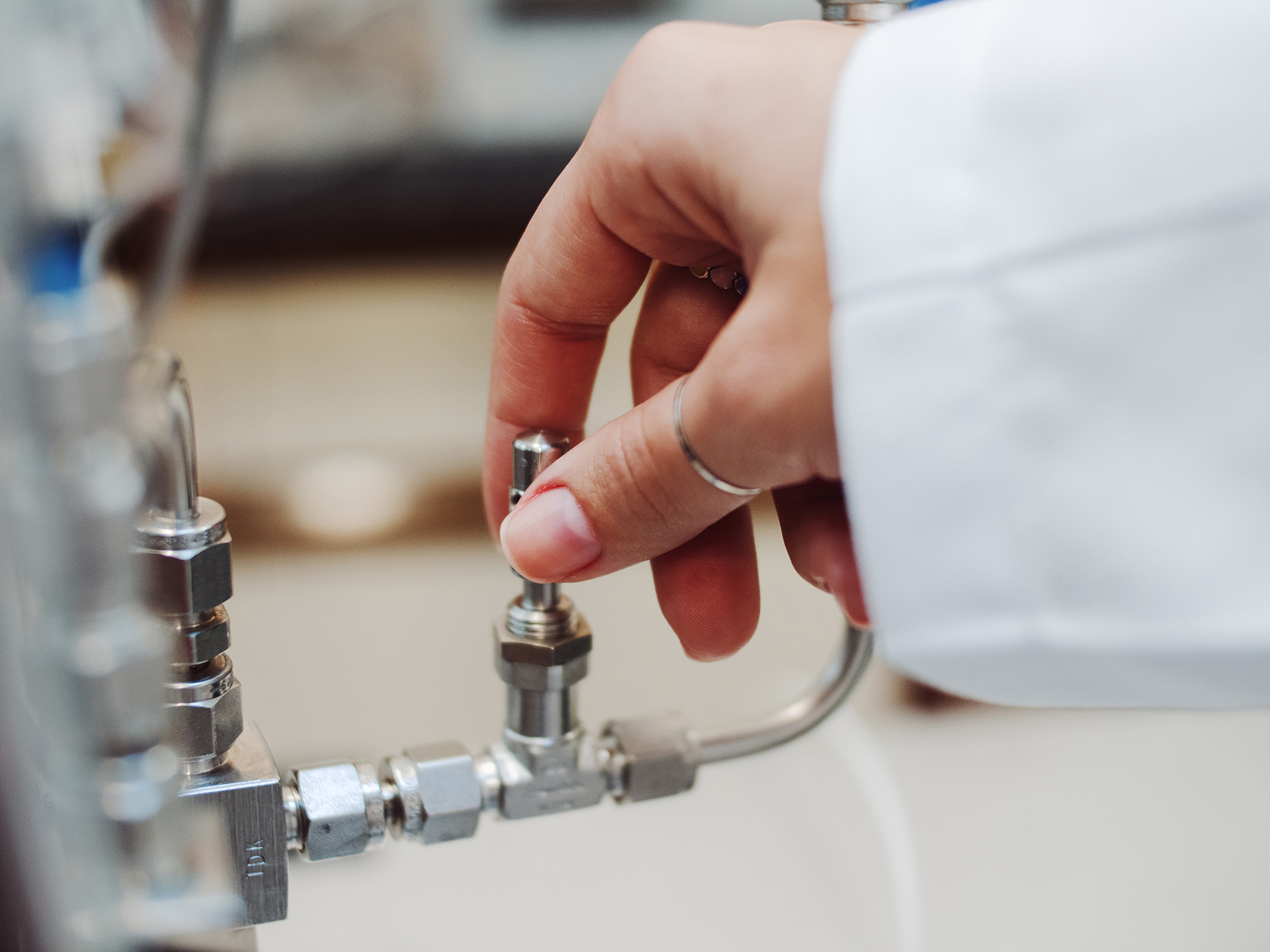
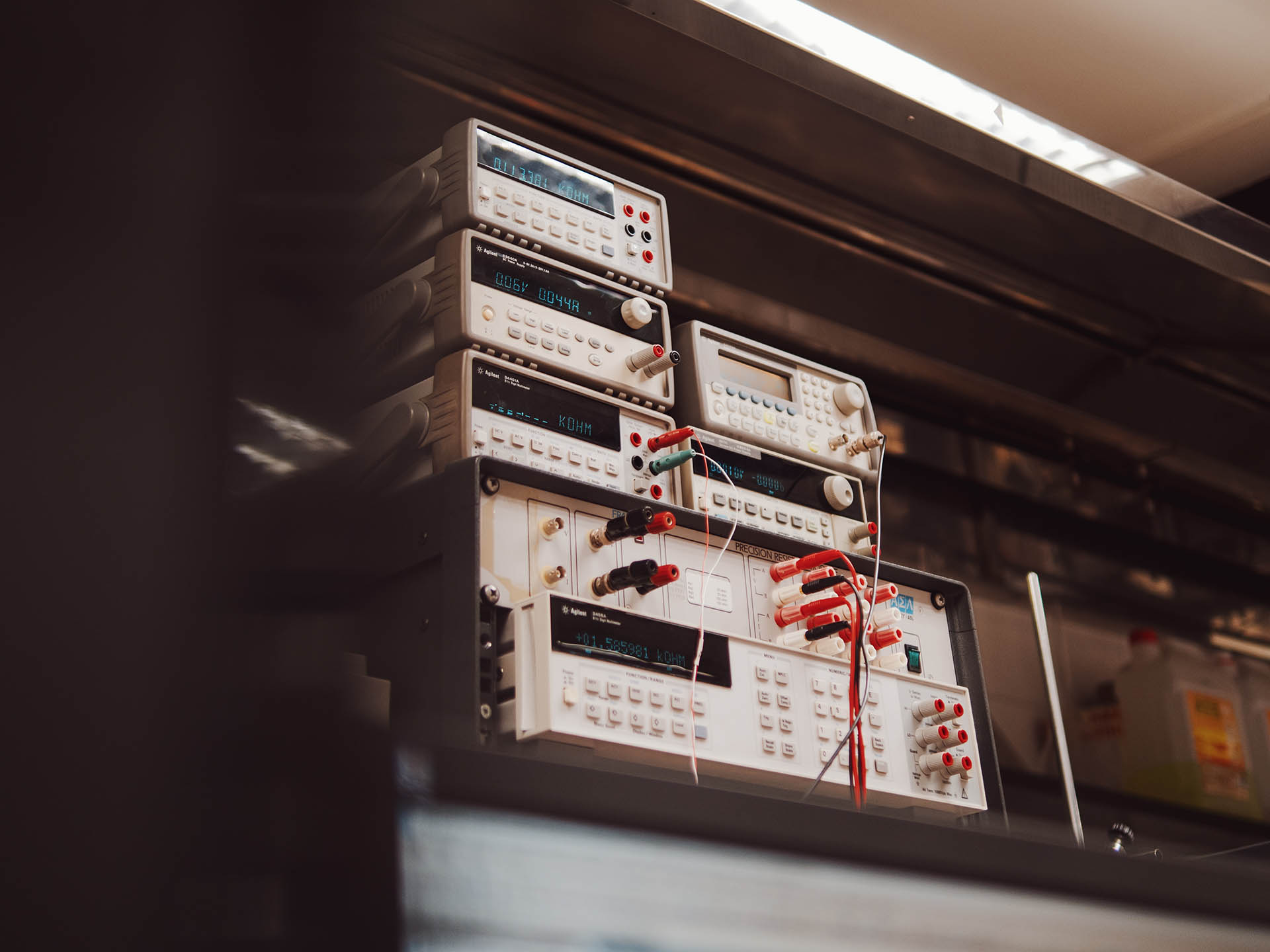
Calibration:
1. Temperature area
The laboratory in the temperature area has PRT-25 platinum resistance thermometers as primary standards, as well as several fixed points of the ITS-90 international temperature scale. Fixed points are well-defined and reproducible changes of state (triple points, melting points and solidification points) of elements or very pure substances, to which temperature values are assigned according to the best determinations of the moment. Its purpose is to maintain the International Temperature Scale between -40ºC and 420ºC. As working standards it has PRT-100 platinum resistance thermometers and thermocouples, which are used in different thermostatic baths for different temperature ranges. This is because liquids conduct heat much better than air or any metal block. Thermostatic baths use agitated liquids to improve conduction and to avoid the formation of gradients and hot or cold spots. Different working fluids and designs are used depending on the temperature. Thermocouples are the most commonly used temperature measuring devices in industry. They are simple, robust, low cost, small size and wide temperature range (from -270ºC to 3000ºC).
The temperature area also has a radiation temperature section, with a black body as the primary standard, and several radiation thermometers as transfer standards that allow radiation thermometers to be calibrated. In these devices the radiation coming from a portion of a hot object is focused by the optical system on the detector. This signal passes through an amplifier and an analog converter and then the possible emissivity compensation is taken into account. Therefore the signal fed to the converter is independent of the emissivity of the surface. Finally the output of the A/D converter is processed in the microprocessor depending on the chosen mode of operation (continuous, peak or valley) or calculation (average, maximum or minimum).
A black body is one that absorbs all radiation incident on it at any wavelength. The blackbody source consists of an Inconel 600 cavity which is capable of withstanding high temperatures. The cavity has been heated to 900°C to achieve oxidation of the metal surface and thus stabilization. The presence of the oxide layer considerably increases the effective emissivity of the black body. The black body is heated in a temperature-controlled three-zone furnace to obtain isothermal conditions. The cavity temperature is measured using a platinum resistance thermometer for the temperature range between 50ºC and 500ºC and an R-type thermocouple between 500ºC and 1000ºC. The black body source in the laboratory has an effective emissivity of 0.999 and provides a standard source for the calibration of thermometers between 50ºC and 1000ºC. When selecting the oven temperature, the oven has three heating zones. Controlling one of them, the central one, automatically controls the other two. The selected temperature will be reached in about thirty minutes. However, due to the large thermal mass, the temperature of the resistance thermometer or thermocouple will always lag behind that of the furnace. It has been experimentally proven that the black body needs at least 180 minutes to reach thermal equilibrium after the oven temperature is set.
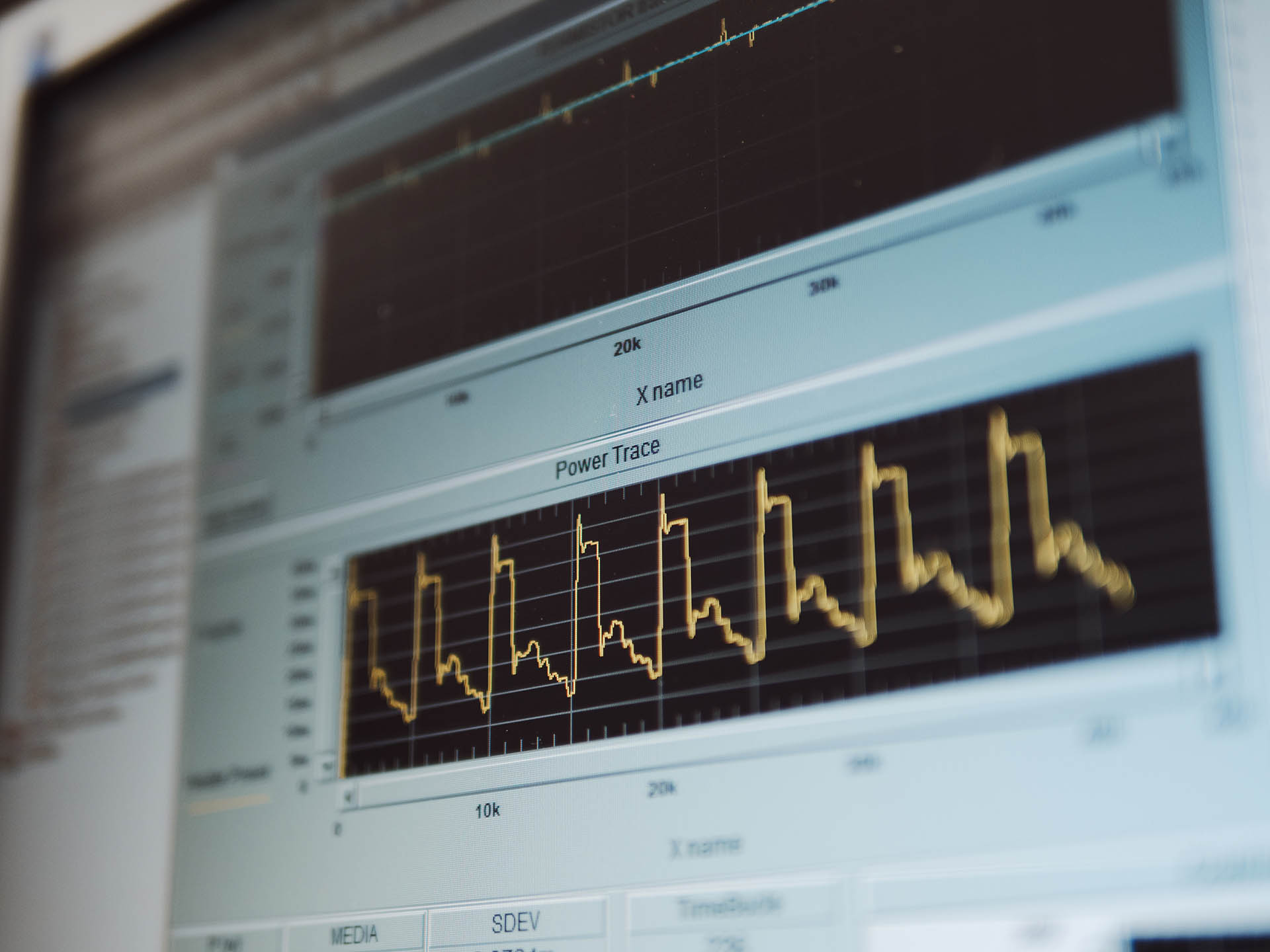
Platinum resistance thermometers PRT-100
These instruments are the most accurate instruments available for measuring temperature. The basis they use is the relationship between the resistance to the passage of electric current experienced by a platinum wire and the temperature.
R(T)=R0+aT+bT2
The measurement chain of platinum resistance thermometers is composed of three elements:
- a platinum resistance thermometer that works as a transducer, i.e. it transforms resistance variations in temperature
- a resistor bridge which measures resistance ratios
- a calibrated reference or standard resistor of known value that is used with the bridge to measure the resistance of the platinum resistance thermometer.
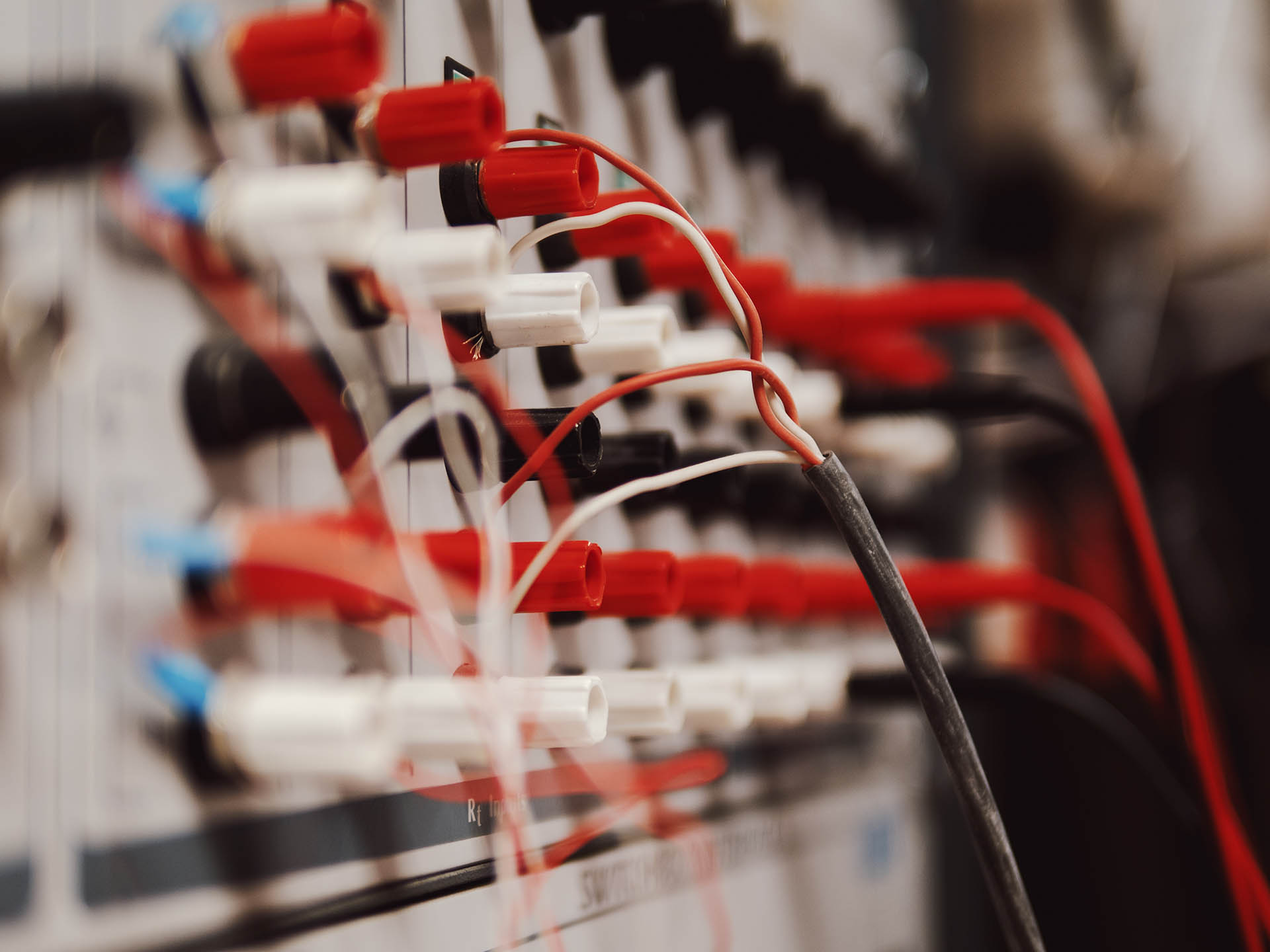
Thermocouples
Thermocouples are the most widely used temperature measurement equipment in industry. They are simple, robust, low cost, small in size and have a wide temperature range (from -270ºC to 3000 ºC).
The physical principle used by thermocouples to measure temperature is the Seebeck thermodynamic effect: by joining two conductive wires of different materials forming a closed circuit, if the junctions are exposed to different temperatures, a continuous electric current is generated.
The measuring chain consists of:
- a thermocouple, consisting of a hot and a cold junction
- an electromotive force measuring instrument
- an equipment that provides a stable reference temperature, normally 0ºC, where one of the thermocouple ends is inserted
2. Pressure area
The pressure area has standards for hydraulic and pneumatic pressures, both absolute, relative and differential. The primary standards in the pressure area are deadweight balances, with a piston-cylinder assembly and a series of calibrated masses. The working or transfer standards are various hydraulic and pneumatic pressure gauges. Vacuum gauges and transducers are also used in this area of work. The uncertainties vary depending on the medium, which can be gaseous or liquid.
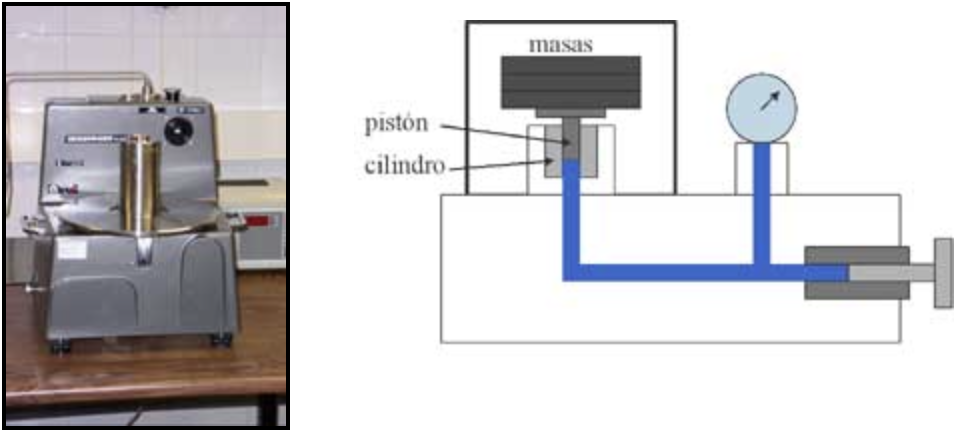
Deadweight scale
Accreditations
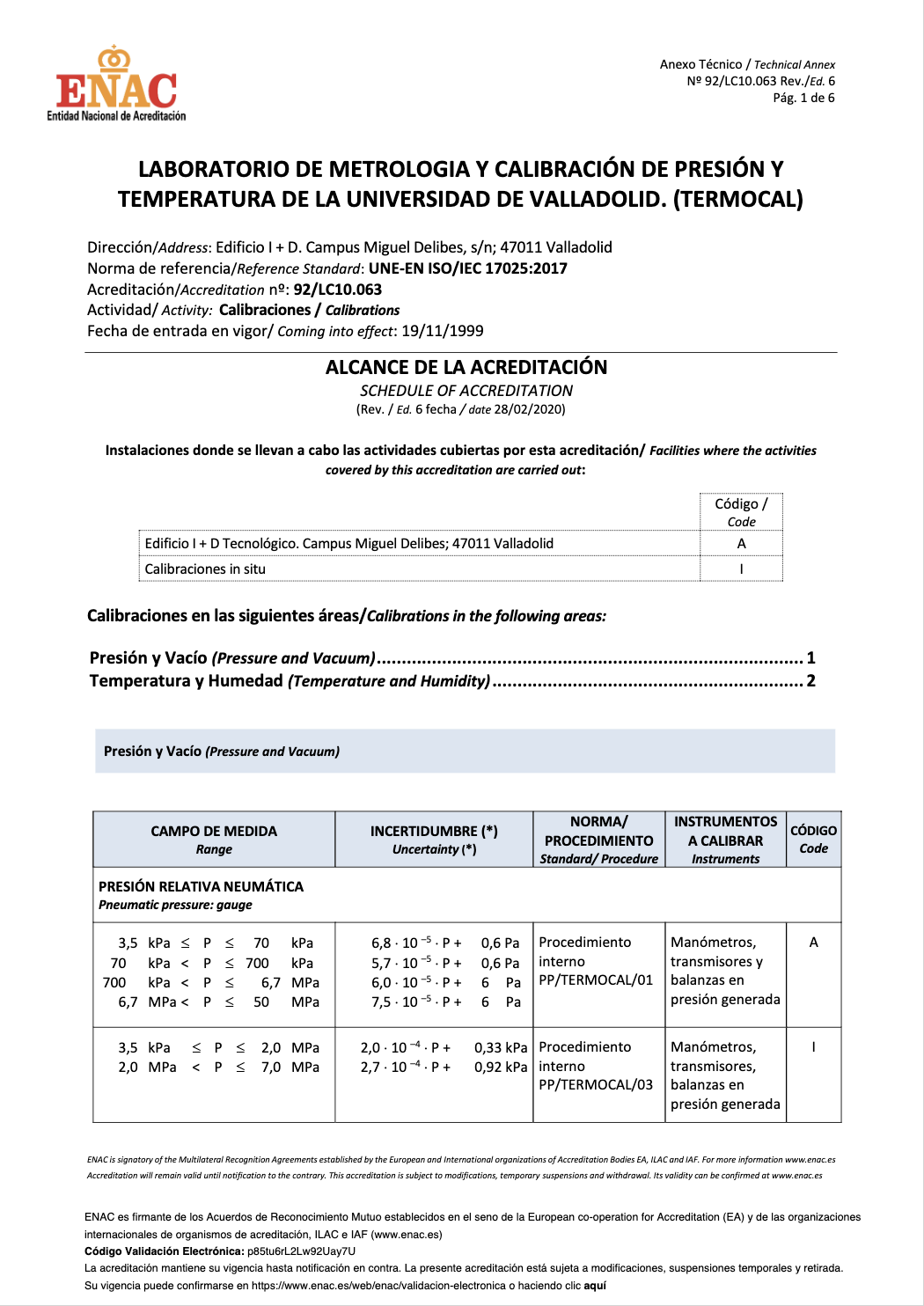
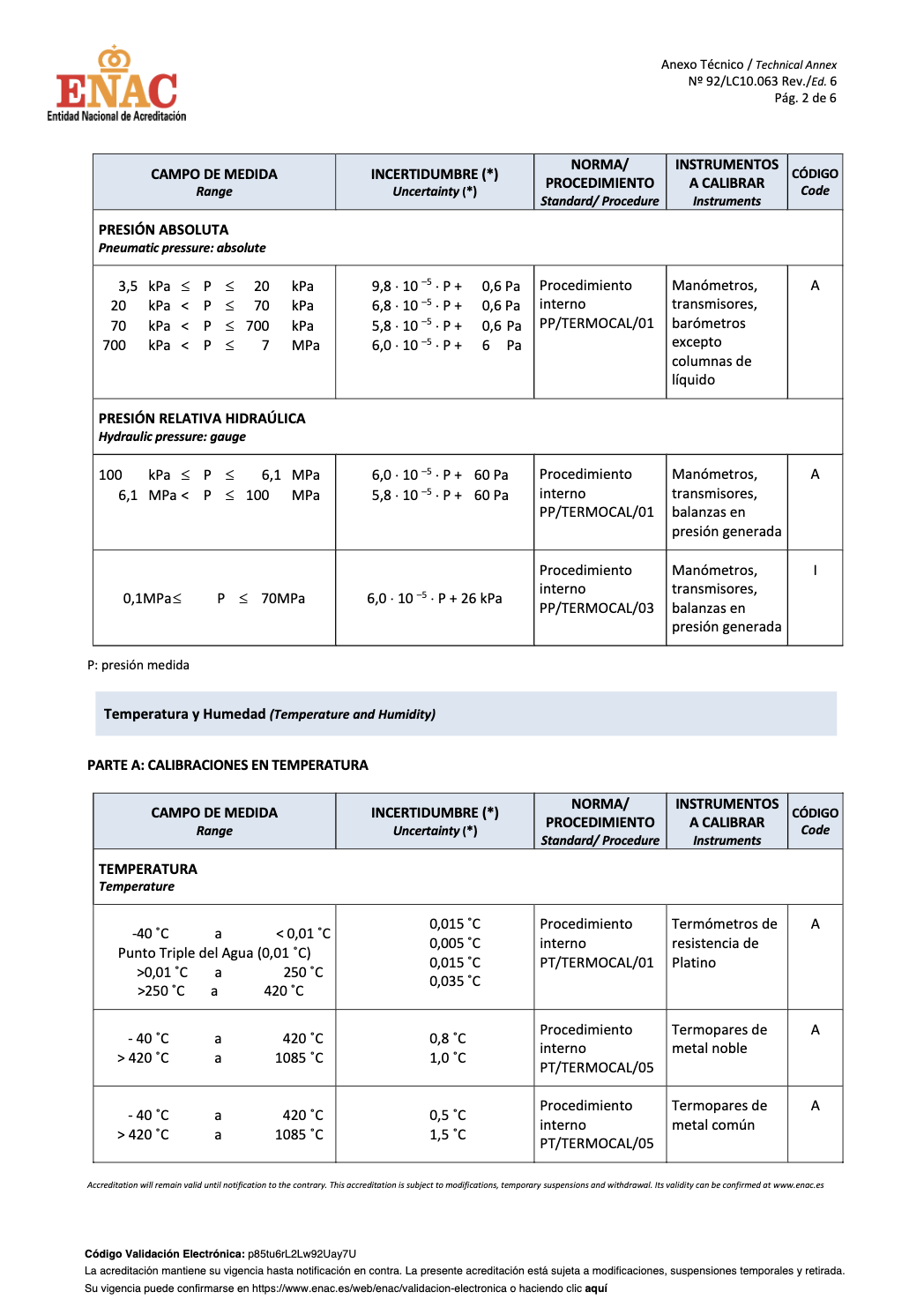
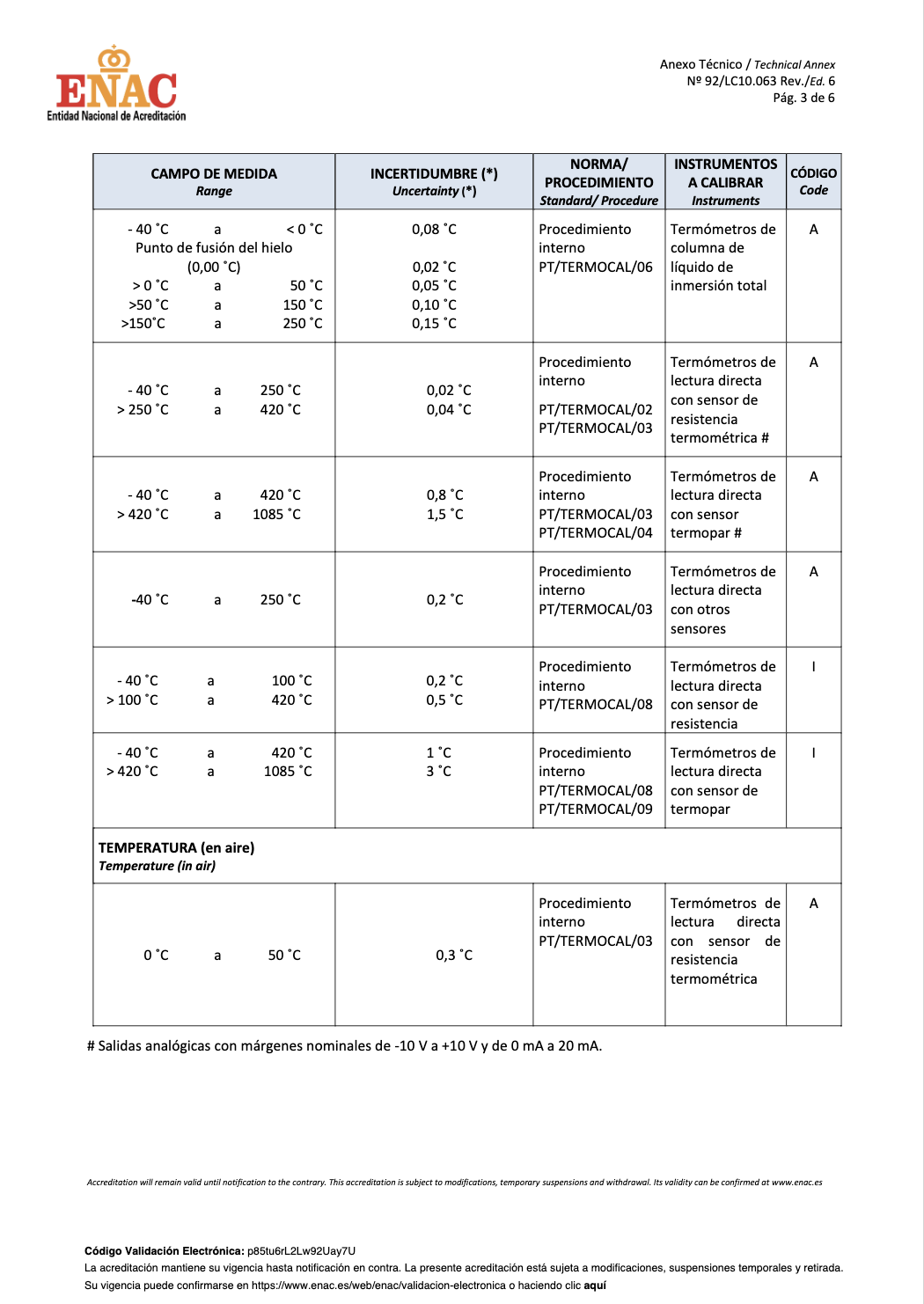
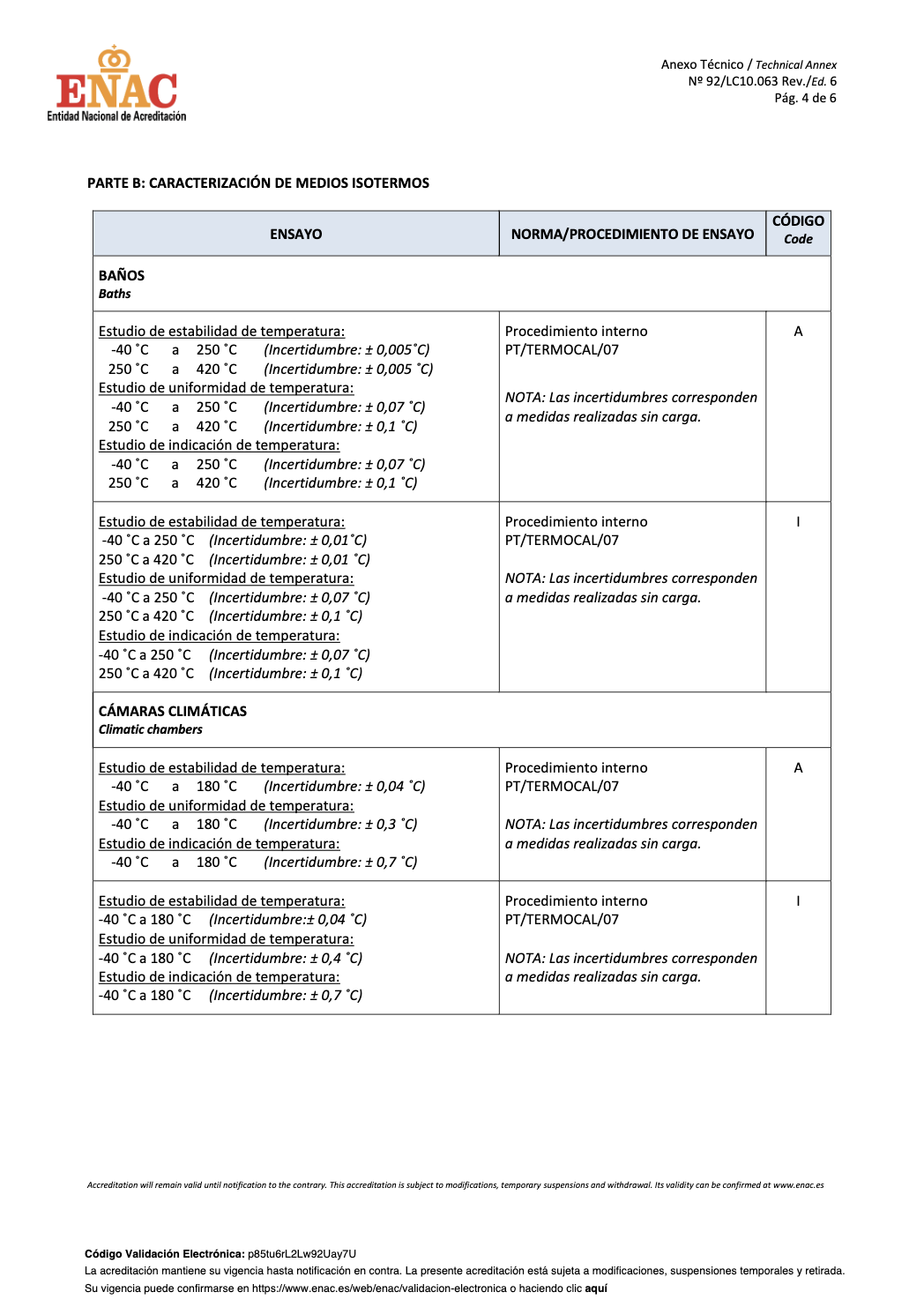
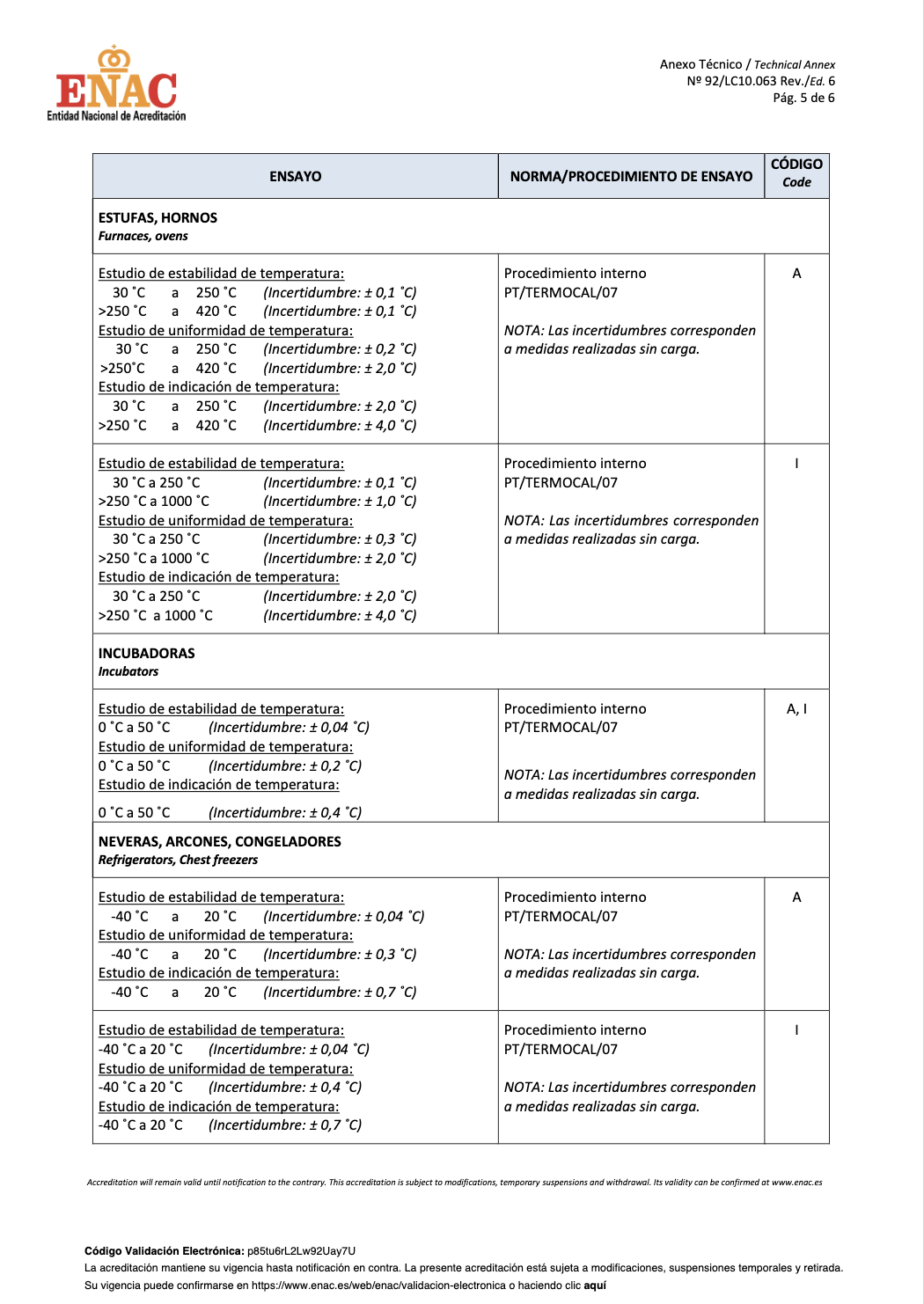
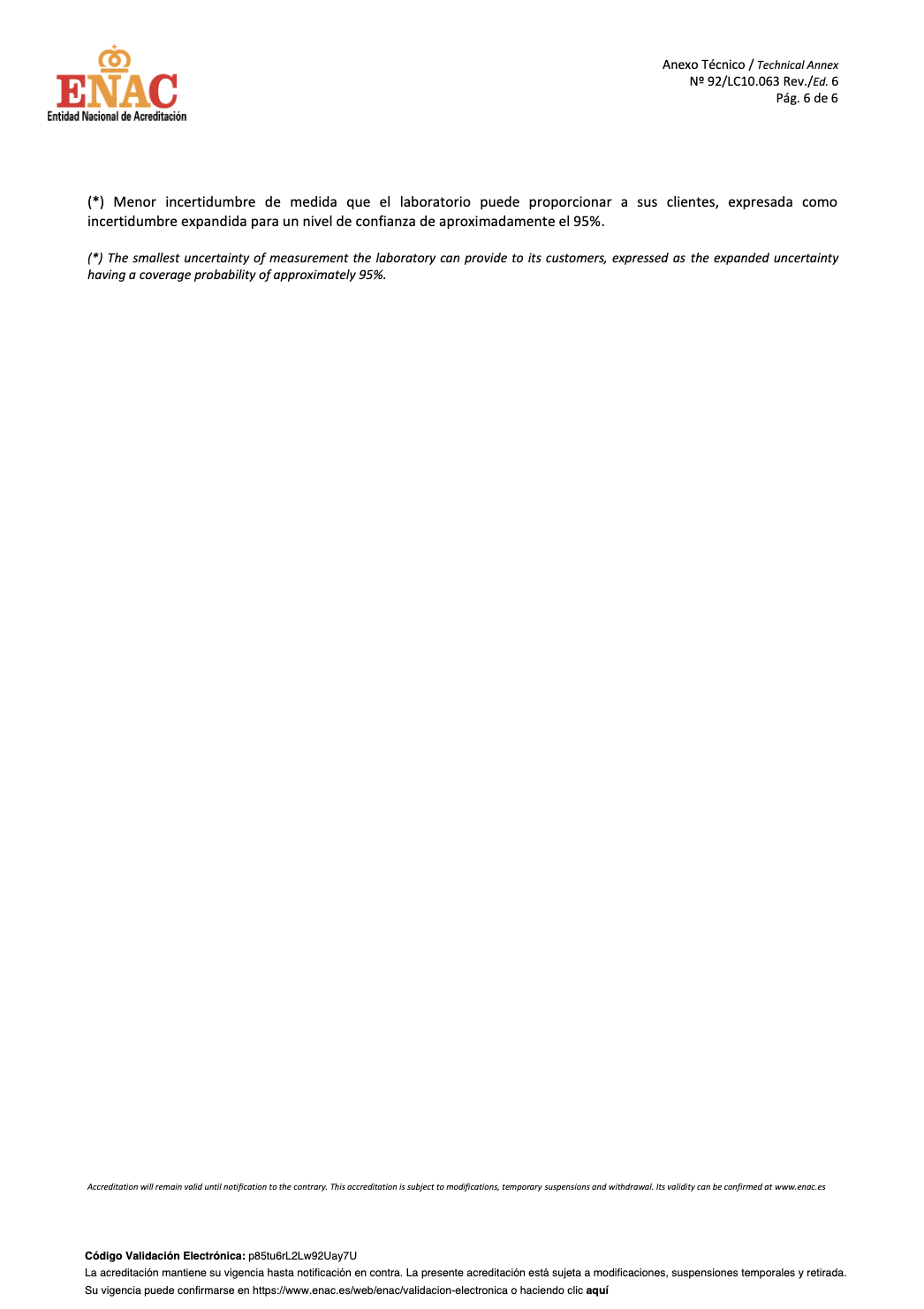
Te Ayudamos
¿Qué investigación o innovación necesitas?
Contacto
Laboratorio de Metrología y Calibración de Presión y Temperatura
Calle Paseo del Cauce
47011 Valladolid (España)






